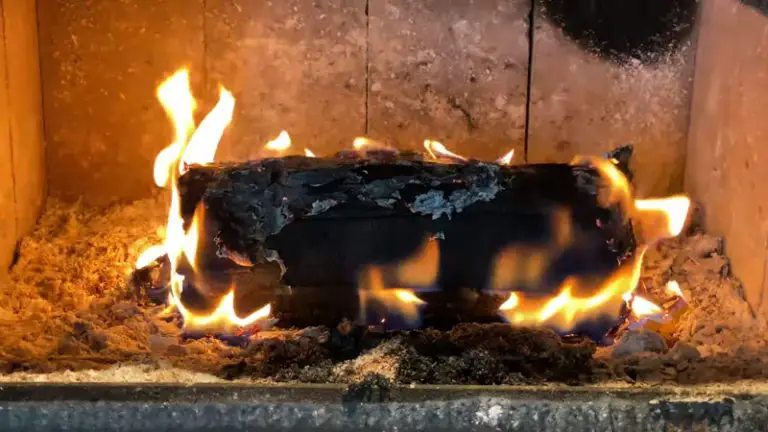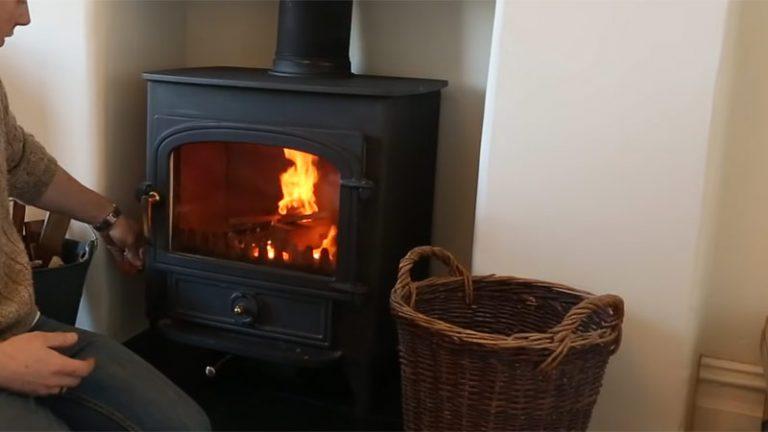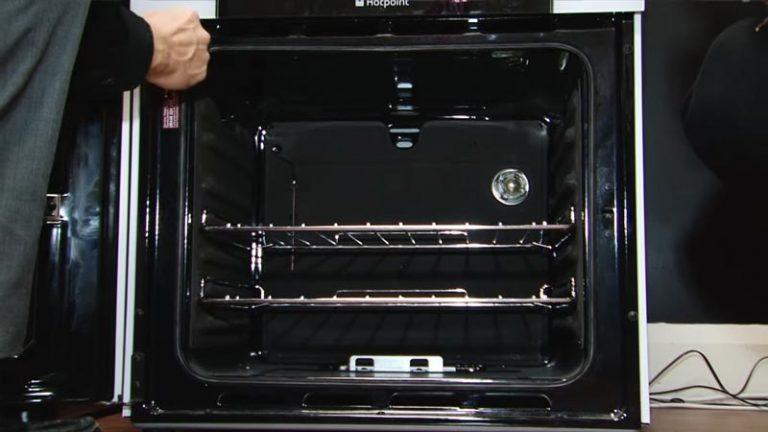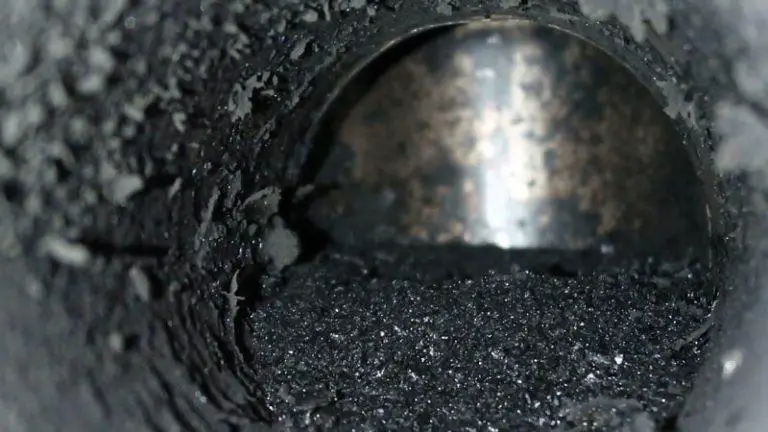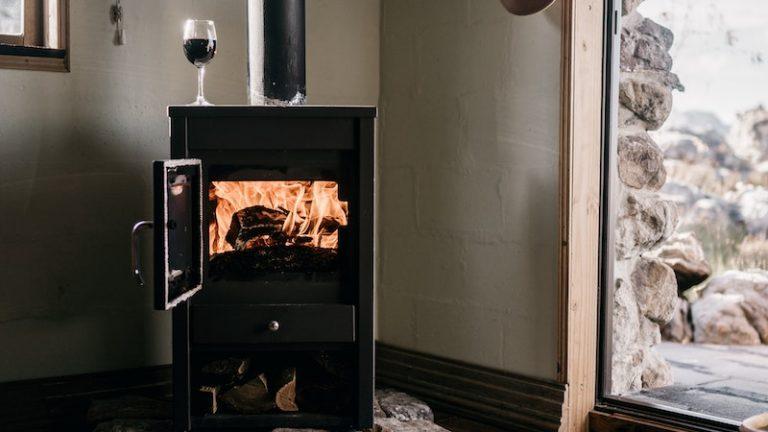How Do Creosote Removal Log Work
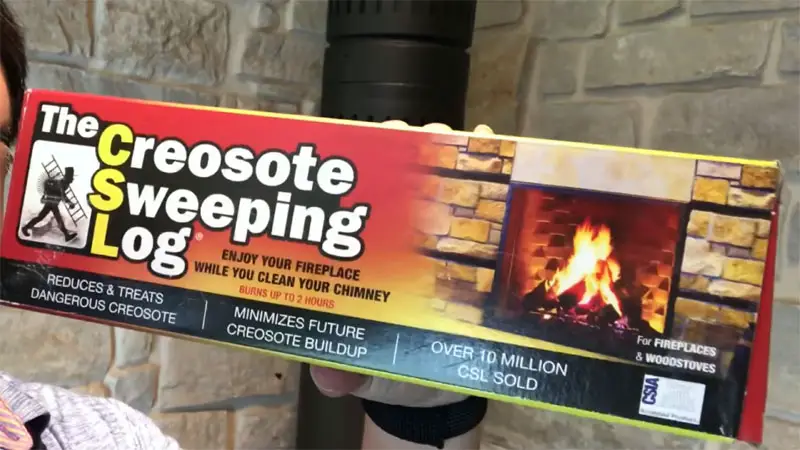
If you have a wood-burning stove, be sure to burn clean -CSL doesn’t produce smoke with additives that can heat up the room and create a charge of electricity.
Creosote deposits on your chimney wall are easily burned off by the CSL fireplaces- leaving only tar behind for removal by the burner(s). The improved draft from using CSL increases your safety when it comes to Chimney fires as there is less chance of them starting due to drafts created by other appliances in your home like air conditioners or furnaces.
Tar buildup on your chimney walls will be eliminated and not accumulate over time with regular use of a CSL fireplace- keeping your masonry looking good.
You'll Learn About
How Do Creosote Removal Log Work?
CSL (charcoal-sulfur) fires produce a great deal of smoke that is charged with additives. The heat from the fire burns creosote deposits, which reduces the risk of chimney fires.
Tar on your chimney wall is removed by the burners and this helps keep your home warm in cold weather.
Burning CSL Produces Smoke Charged With Additives
Creosote removal logs are used to burn off the creosote build-up on wooden surfaces. The smoke produced by burning creosote removal logs is charged with additives that make it less harmful.
Burning creosote removal logs should be done regularly in order to prevent future damage from happening. It’s important to use caution when working with the logs as they can generate a lot of heat and sparks flying around.
Make sure you have adequate ventilation while using these tools so you don’t end up in any danger
Heat From Fire Burns Creosote Deposits
Creosote removal logs are made of a natural material that burns when exposed to heat from fire. The burning process destroys the creosote deposits on the log, freeing you from the need for chemical or mechanical methods.
You can use an open flame, such as a gas stove burner or fireplace ember, to burn off creosote buildup on your walls and ceilings. It is important to keep track of how long it takes for the log to work; if it’s taking too long, increase the intensity of your flames.
Make sure that any children or pets are away from the area while you’re using a creosote removal log; flames may be dangerous if they come in contact with them.
Improved Draft Reduces Risk Of Chimney Fires
Creosote removal log work by absorbing the creosote and then releasing it over time. This process helps to reduce the risk of chimney fires since there is less fuel available for a fire to start.
In addition, this technique also keeps debris from building up in your chimney which can cause blockages and eventual damage. If you have any questions about how creosote removal logs work or if you need them, be sure to call a professional installer.
Improved draft reduces the risk of Chimney fires- so talk with your contractor today about getting started on reducing that risk.
Tar On Your Chimney Wall Is Removed By The Burners
Creosote removal log burners work by igniting the creosote, which then burns off and is removed from your chimney wall. Burner placement is critical in order to achieve optimum results – placing them too high or too low can result in uneven burning and a poor job.
Burning logs for an extended period of time will help loosen up the creosote buildup on your chimney walls- be sure to READ THE INSTRUCTIONS CAREFULLY before starting.
Do creosote sweeping logs really work?
Creosote sweeping logs are a type of brush that is used to clean up creosote from wood floors. They have bristles on one end and a metal frame on the other.
Creosote is a substance that forms when trees or plants burn, and it can be hard to remove. Sweeping logs help loosen the creosote so it can be swept away. Sweeping with a chimney sweep log won’t remove creosote residue from your fireplace flues.
Creosote is an oily liquid that’s created when wood burns. This substance accumulates over time and can build up in the corners of your fireplace, causing it to be difficult to start the fire and producing poor heat output.
Sweepers made specifically for cleaning fireplaces will not be effective at removing all of the creosote residues from walls or ceilings. You’ll need to use a more efficient method such as vacuuming or pressure washing if this is what you’re looking for.
Chimney sweepers can also cause damage to your home’s walls and ceilings by accident, so be sure to use caution when using this tool around your property. Sweeping with a creosote sweeping log won’t clean fireplace flues very well – you’ll need something like a vacuum cleaner or power washer in order to get rid of all the residue buildup on these surfaces.
If you don’t have either of those tools available, then sweeping may still be an option. However, make sure that you wear protective gear such as boots and gloves while doing so in order to avoid any potential injuries caused by debris flying off the logs during cleanup operations.
While sweepers are helpful for getting rid of large chunks of debris quickly, they’re not very good at removing smaller pieces that could settle on top of charred material. It results in incomplete combustion and increased emissions levels inside your home.
It’s important to remember that even though sweeps may not completely eliminate all traces of creosote from surrounding areas. They should help reduce its concentration levels significantly enough so that other methods (like vacuuming) can work better without having adverse effects on indoor air quality.
How does creosote remover work?
Creosote remover is a chemical that is used to remove creosote buildup from wood. Creosote is a type of oil that forms when trees are burned. It can cause damage to wooden surfaces and make them difficult to clean.
By-product of burning wood
The heat from the fire releases the active ingredients, which then penetrate the creosote. Creosote remover liquefies and breaks down creosote into ash that falls harmlessly to the bottom of the firebox. This type of remover can work on all varieties of creosotes, including black coal tar, bituminous coal tar and petroleum coke. It looks like black tar.
Proper dilution ratio for best results
You need to use a proper dilution ratio in order to get the best results from your creosote remover. If you do not use enough dilution, your remover will only attack surfaces that are covered in oil or grease which may result in damage rather than removal of the creosote build-up.
Too much dilution will simply cause water runoff and messes up your working area.
Different types require
Different types of creosotes require different techniques when it comes to removing them; this includes using solvents like gasoline, kerosene, or diesel fuel mixture as well as acids like hydrochloric acid or sulfuric acid.
Don’t Overdo
If you try too hard to remove too much creosote with one treatment, you may end up causing more damage than necessary and frustrating yourself further along the process.
How often should you use a creosote log?
If you regularly clean your chimney, use a creosote log every time you have a fire in your fireplace. Keep it cleaned out regularly to prevent build-up and ensure proper appliance operation.
Creosote logs will help keep your fireplace running smoothly and efficiently.
How do you use a creosote cleaning log?
A creosote cleaning log is a helpful tool you can use to clean your chimney and fireplace. Creosote is a type of oil that builds up on the inside of your chimney over time.
This buildup can cause your fireplace to leak smoke and heat, which could damage your home. To clean your chimney and fireplace using a creosote cleaning log, first make sure you have all the supplies you need: a bucket, water hose, scrub brush, and rake.
Next, pour enough water into the bucket to cover the brush and scrubber. Put the rag in the middle of the bucket so it’s covered by both water and soap suds (make sure there are no holes in the bottom of the bucket). Shake or stir until everything is mixed together well.
Pour out any excess water from the bucket before starting to sweep or scrub. To clean creosote from a chimney, start by burning cedar wood chips in the fire. Once the flames have died down and the ashes are cool enough to handle, spread them over the top of the smoking Chimney Stack Log (CSL).
Cover CSL with more ashes and allow it to burn for 90 minutes. After 90 minutes have passed, let CSL burn out completely before removing it from your fireplace.
What will dissolve creosote?
If you have creosote on your property, pour vinegar onto the creosote and wait for it to dissolve. Next, use salt water to dissolve the remaining creosote.
Be sure to do this outdoors if possible as acids can damage indoor surfaces too. Finally, clean up any messes made and save your property. There are also some processes to neutralize it.
To Recap
Creosote removal log work by slowly breaking down the creosote, which is a toxic liquid that builds up over time in chimneys and other places where fires are used.
This process neutralizes the acidity of the creosote and allows it to be removed safely. Creosote removal log work is usually done as part of an ongoing maintenance program for fireplaces, industrial boilers, or any other place where indoor air quality is important.

